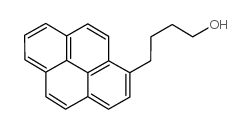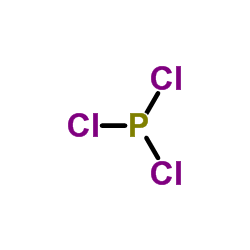| Structure | Name/CAS No. | Articles |
|---|---|---|
 |
Chlorotrimethylsilane
CAS:75-77-4 |
|
 |
1-Pyrenebutanol
CAS:67000-89-9 |
|
 |
Phosphorus trichloride
CAS:7719-12-2 |